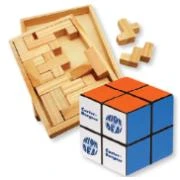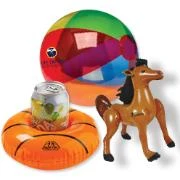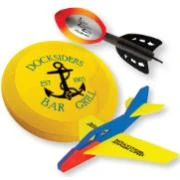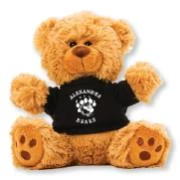Glossary of Terms
Artwork
Any black and white or color original prepared for reproduction. Also called mechanicals.
Bitmap
A digital representation of an image in which the sense of each binary bit indicates whether the corresponding point of the image is black, white or a color.
Bleed
The area of illustrations, solids or rules which extends beyond the trimmed edge of a printed page and the extra width added to artwork to make bleeding possible.
Camera-ready copy
Mechanicals, photographs, and art fully prepared to be photographed for plate making according to the technical requirements of the printing or decorating process.
CMYK
Cyan, magenta, yellow, and black, the four process ink colors used in four-color process printing. Creating a color separation breaks an image into cyan, magenta, yellow, and black components, from which most colors can be reproduced. The theory, 100% of cyan, magenta and yellow create black. In practice, though, the addition of black ink (abbreviated R) is necessary to print a true black. See also RGB, subtracting primaries.
Coated Paper
One with a surface finished with a layer of china clay to give smoothness.
Color Matching
Specifying flat colors according to numbered samples on a color chart available from the printer or in a swatch book, such as Pantone. Process colors are usually specified in percentages of screens of the four colors, for example, XY 5M 2C 1K (X usually means 100%, so here it calls for 100% yellow, 50% magenta, 20% cyan, and 10% black). The letter K designates black to avoid confusion with the word blue, which is often used instead of cyan. Often the word red is used instead of magenta.
Color Separation
Strictly, the process of splitting full color artwork into its spot-color or its CMYK components, loosely, one or all of the separate process of film from which a multi-color version will be printed. This is known as a set of halftone negatives for making plates for 4-color process or spot color prin.
Composite Film
Graphic arts negative made by combining two or more images.
Deboss
To press an image into paper so it lies below the surface.
Digitizing
To translate analog information (an unstructured form such as a contone image) into digital information which can be represented by values within a computer file. A photograph is digitized in a modern graphics system by a scanner.
DPI
Dots per inch indicates screen or printer resolution. A single figure (e.g.,: 1270 dpi) means dots per linear inch both vertically and horizontally, while two figures (e.g.: 400 x 800 dpi) indicate horizontal and vertical resolutions respectively. See also LPI, PPI.
Gradients (also called Graduated tints or shades)
A term used to describe the pattern of shades or tints including mixtures of different colors that change from one color to another, or highlight to shadow or vice versa.
Grayscale
The range of tones from black to white, usually in the context of computer graphics. A Grayscale scanner is used to convert the continuous tones of a black & white image (such as a photograph) into digital information specifying gray levels.
Halftone
A piece of artwork (film or paper, positive or negative) in which continuous tones are simulated by regularly spaced array of small dots of varying size (smaller dots represent lighter areas and larger dots darker areas). Printing a black-and-white photograph on a printing press requires the creation of a single halftone; four-color process printing requires a separate halftone for each of the process colors.
Imprint area
The allowable portion of a promotional product reserved for the printed advertising message.
Line Art
An image having only two grey scale values, black and white, as opposed to a continuous tone image which has many grey scale values. Line art images are digitized in 1-bit to capture black and white for any one pixel.
Pantone
Pantone, Inc.'s check-standard trademarks for color reproduction and color reproduction materials. The PANTONE MATCHING SYSTEM (sometimes referred to as "PMS") identifies over 500 colors and the formulas for creating inks in those colors. Four-color process printing can only approximate many of these colors. You can select PANTONE Colors in various illustration and desktop publishing software programs.
Pixel
The basic unit which a scanned or output image is divided into. For contones each pixel also has a grey level component. The number of pixels per inch in an image that can be captured by a scanner or that can be output by an imagesetter or LaserWriter is referred to as their resolution.
PostScript
A Page Description Language (PDL) developed by Adobe Systems that renders text and graphic images on computer monitors and output devices such as image-setters, laser printers, and other devices using PostScript RIP's from various front-ends. PostScriptª has been the language used by most printing technology since the middle 1980's. PostScript information can also be stored in EPS files.
Process Colors
The four ink colors used in four-color process printing: cyan, magenta, yellow, and black. See also CMYK
Process-color inks
Three subtractive primaries used in conjunction with black to reproduce full-color originals. Process yellow reflects red and green light and absorbs blue light. Cyan (blue) reflects blue and green light and absorbs red light. Magenta (red) reflects red and blue light and absorbs green light.
Rasterization
The conversion of computerized image data into tiny dots. Raster dots are distinct from halftone dots: everything on a rasterized page, whether a solid area of a halftone, is made up of raster dots. For instance, when an image-setter rasterizes and prints and entire page at 2540 dpi, including a 150-LPI halftone., each halftone dot is composed of thousands of raster dots.
Register
1. The location of one printing plate in relation to another plate.
2. Fitting two or more printed images on the same paper in exact alignment with each other.
Resolution
The number of dots available to represent graphic detail in a given area. On a computer screen, resolution is measured in pixels per (liner) inch, or ppi; on a printer, it's measured in dots per (linear) inch, or dpi, on a scanner, in pixels or dots per (linear) inch; and in a halftone, in lines per (linear) inch, or LPI. The sharpness of definition of a digitized image depends on the number of PPI, DPI, or LPI.
Reversing Out
Printing a white image on a solid background or tint panel.
RGB
Red, green, and blue, the additive primaries; RGB is the basic additive color model used for color video display, as on a computer monitor. Mixing various percentages of red, green, and blue light can recreate most of the spectrum; combining 100% of all three creates white light.
Screen
Traditionally, the device (a piece of glass or film with tiny transparent areas) through which a photograph is converted into a halftone; loosely, the halftone pattern itself. The eye sees a pattern of dots looks as a shade of gray. The smaller the dots, the lighter the shade; the larger the dots, the darker the shade perceived. Dots are produced by photographing the artwork (photograph or any contone illustration) through a screen of fine lines, which can vary from 65 to 150 or more per inch. 65 or 85 line screens are used for printing newsprint. Better paper can accommodate more detailed printing produced by finer screens, which yield higher resolution. A screen has three attributes:
1. The angle at which rows of dots are placed relative to the horizontal plane;
2. The screen ruling (also known as resolution but NOT resolution of the output device) in lines per inch, specifying pitch of the screen (space between rows of dots);
3. Dot shape (shapes of dot most commonly used are round, elliptical, and line).
Spot Color
A color applied to text or graphics (rather than derived through color separation). A spot color can be achieved by the addition of a specially mixed ink (often as a second color with black), or simulated by specifying percentages of cyan, magenta, yellow and black inks (in a four-color job). When printing using processes that do not rely on 4-color process, spot colors are often chosen from swatch libraries, such as Pantone or Toyo. Some printers offer their own "house" colors.
TIFF
Tag Image File Format, a file format for exchanging bitmapped and grayscale images (usually scabbed) among applications. Care must be taken when using TIFF as many different standards have been created, not all of which are compatible with each other.
Typesetting
Text generated in a recognizable typeface.
Vector Graphics
A method of image generation using a number of straight lines and/or arcs of different length and angular orientation.


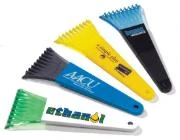
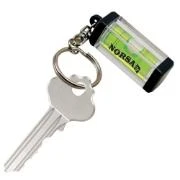

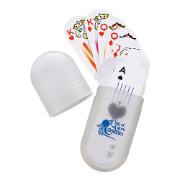

 (1).webp)
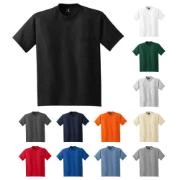
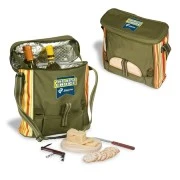




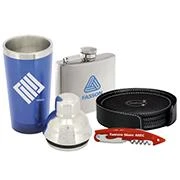
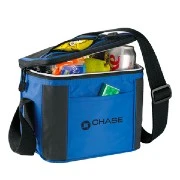
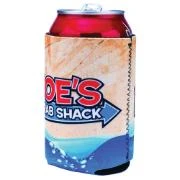


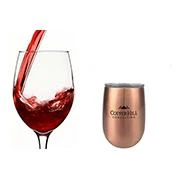
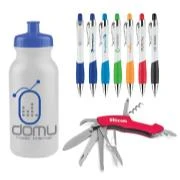

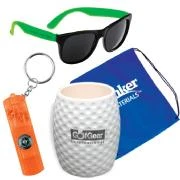
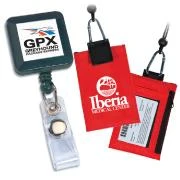
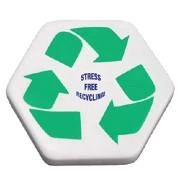
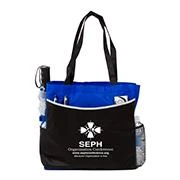


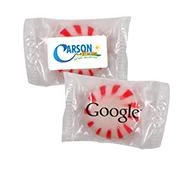


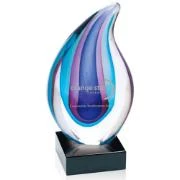
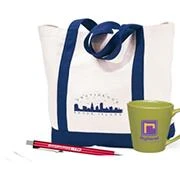
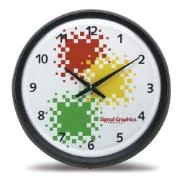
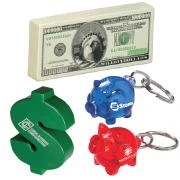
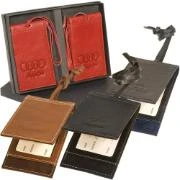
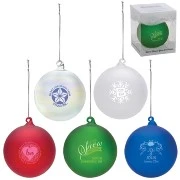



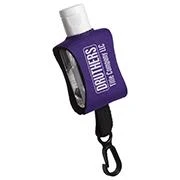
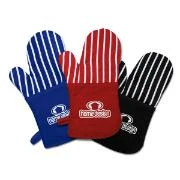
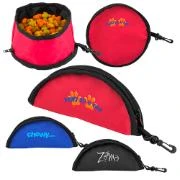
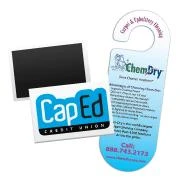

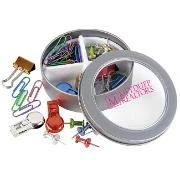



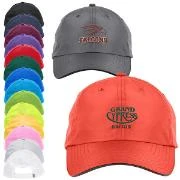
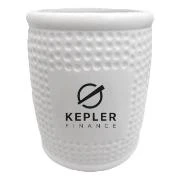
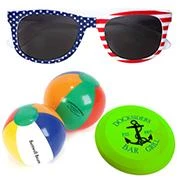




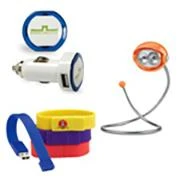
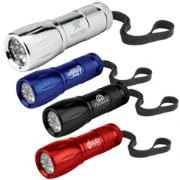
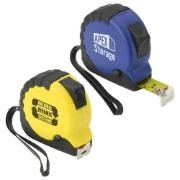

.webp)
